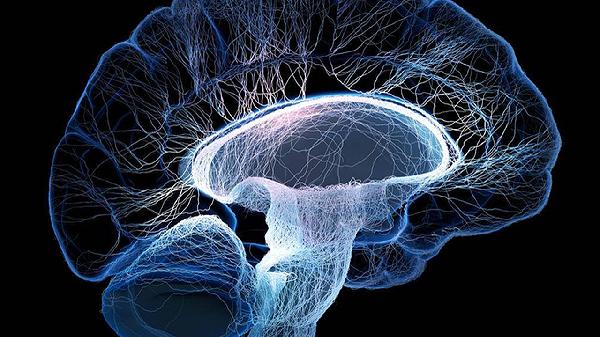You know that feeling when you’re just one more scroll away from falling into a social media black hole? Yeah, that’s not an accident. These apps are designed to hijack your brain—literally. Behind every infinite feed, push notification, and autoplay video is a team of psychologists and engineers working to keep you glued to your screen. It’s not just about fun and memes; it’s about exploiting human psychology to maximize engagement (and ad revenue).

The Dopamine Slot Machine
Social media apps operate like digital casinos, and your brain is the gambler. Every like, comment, or new follower triggers a dopamine hit—the same neurotransmitter that makes gambling and junk food so addictive. The unpredictability of rewards (Will this post go viral? Who liked my story?) keeps you coming back for more. It’s called variable reinforcement, and it’s the same trick slot machines use to keep players pulling the lever.
The Infinite Scroll Trap
Remember when social media had actual pages you had to click through? Those days are long gone. Now, platforms like Instagram and TikTok use endless scrolling, removing natural stopping points so you mindlessly consume content for way longer than you intended. Research shows that even just removing a "next page" button can increase time spent on a site by 50%.
The Fear of Missing Out (FOMO) Factory
Social media thrives on FOMO. Notifications are timed to hit when you’re most vulnerable—during meals, right before bed, or even when you’re bored at work. The red dot on your app icon? That’s deliberate psychological warfare. Studies show that people check their phones 58 times a day on average, and a big chunk of that is driven by the anxiety of missing out on something "important."
The Algorithmic Puppeteer
Ever notice how your feed seems to know exactly what you want to see? That’s because AI algorithms track everything—how long you linger on a post, what you skip, even when you pause mid-scroll. Over time, these algorithms learn your habits better than you do, feeding you content that keeps you hooked. The scary part? You’re not choosing what you see—the app is choosing for you.
How to Fight Back
Breaking free from social media’s grip isn’t easy, but it’s possible. Try these science-backed hacks:
At the end of the day, social media isn’t evil—but it is designed to exploit your brain’s weaknesses. The more you understand how it works, the better you can control your usage instead of letting it control you. So next time you catch yourself doomscrolling at 2 AM, remember: you’re not weak-willed—you’re up against a billion-dollar attention economy.
























